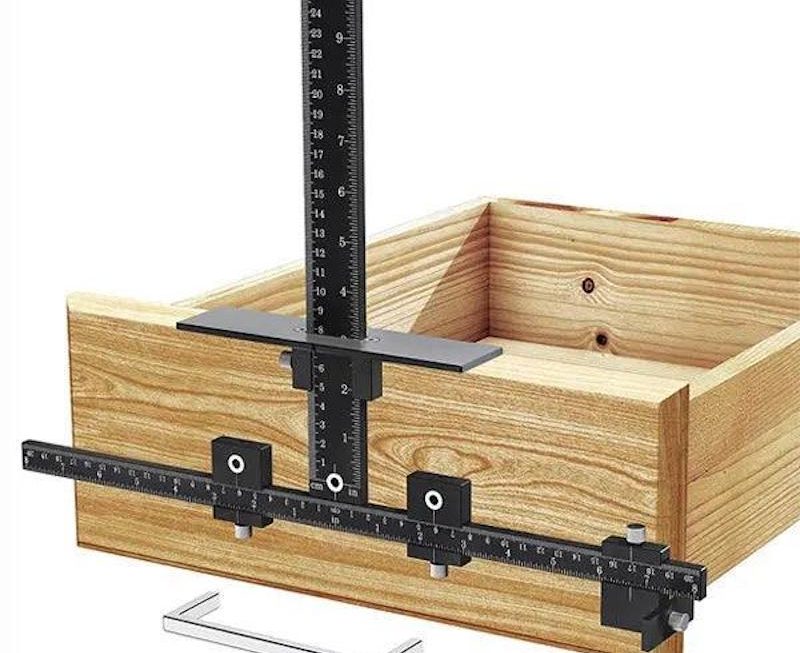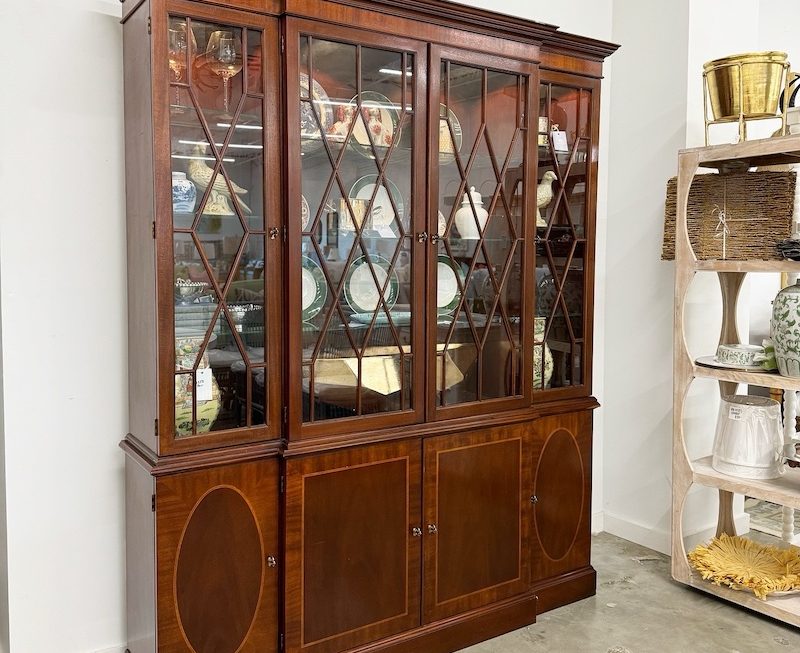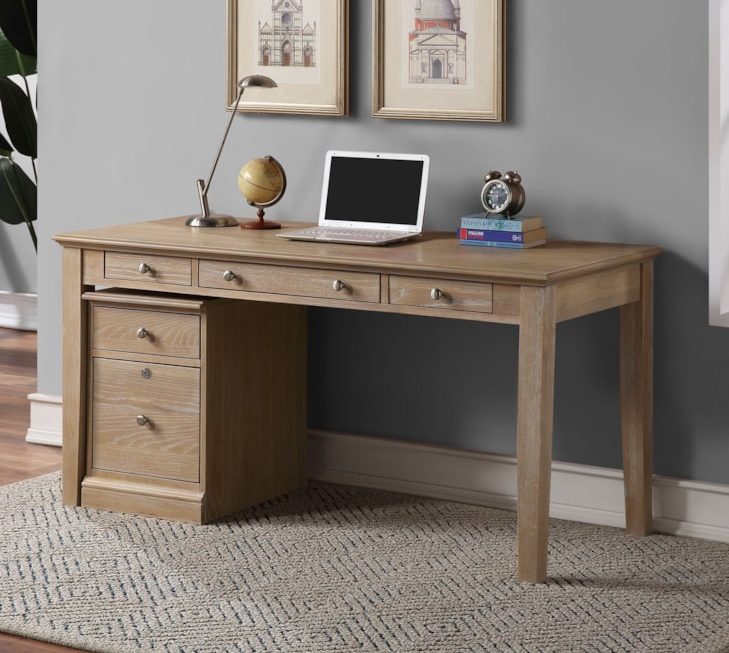 Introduction:
Introduction:
Creating a cabinet from scratch is a rewarding and practical woodworking project that allows you to customize storage solutions for your home. Whether you’re a novice or an experienced woodworker, making your own cabinet can be a fulfilling and enjoyable endeavor. In this comprehensive guide, we will take you through the step-by-step process of making a cabinet, from planning and measuring to assembling and finishing. Let’s dive in and discover how you can create a functional and beautiful cabinet!
 Introduction to Making a Cabinet
Introduction to Making a Cabinet
Making a cabinet is a woodworking project that provides storage solutions while allowing you to showcase your craftsmanship.
A. Practicality and Functionality: Cabinets provide organized storage for various items, helping to keep your home neat and clutter-free.
B. Customization: Building your own cabinet allows you to customize the design, size, and features according to your specific needs and style.
 Planning and Designing the Cabinet
Planning and Designing the Cabinet
Before starting the construction process, plan and design the cabinet to ensure a successful outcome.
A. Determine the Purpose: Consider the purpose of the cabinet, whether it’s for the kitchen, bathroom, or any other room. This will influence the size and features it should have.
B. Measure the Space: Measure the area where the cabinet will be placed to determine the dimensions and make sure it fits perfectly.
C. Sketch the Design: Create a sketch or use design software to visually plan the cabinet structure, including the number and size of shelves, drawers, and doors.
Gathering Materials and Tools
Collect all the necessary materials and tools before starting the cabinet construction.
A. Materials: Depending on the design, gather wood boards for the cabinet carcass, plywood or solid wood for the back panel, and hardware such as hinges, knobs, and screws.
B. Tools: Prepare essential woodworking tools like a table saw, miter saw, drill, sander, router, and clamps. Additionally, have measuring tape, squares, and levels to ensure accurate construction.
Construction Process
Begin building the cabinet by following these step-by-step instructions.
A. Cut the Cabinet Parts: Use the measurements and design sketch to cut the wood boards to create the sides, top, bottom, and shelves of the cabinet.
B. Assemble the Cabinet Carcass: Join the cabinet parts according to the design using woodworking joinery techniques such as butt joints, pocket holes, or dowels. Ensure the cabinet is square and sturdy.
C. Install the Back Panel: Cut the plywood or solid wood for the back panel, and attach it securely to the cabinet carcass using screws or nails.
D. Construct Doors and Drawers: Measure and cut wood pieces for the doors and drawers. Add edges, handles, or decorative elements if desired. Install hinges and drawer slides following the manufacturer’s instructions.
E. Finishing Touches: Sand all surfaces to smooth the wood, ensuring there are no sharp edges or rough spots. Apply a finish of your choice, such as paint, stain, or clear coat, to protect and enhance the appearance of the wood.
 Installation and Final Adjustments
Installation and Final Adjustments
Install the cabinet in its designated space and make necessary adjustments for a perfect fit.
A. Mounting the Cabinet: Use appropriate screws or brackets to secure the cabinet to the wall or floor, ensuring proper leveling.
B. Adjusting Doors and Drawers: Fine-tune the alignment and function of doors and drawers, ensuring they open and close smoothly. Make any necessary adjustments to achieve an even and flush appearance.
Some purposes and benefits of cabinets:
Cabinets serve several functions and are an essential element in interior design and home organization. Here are some purposes and benefits of cabinets:
Storage:
The primary function of cabinets is to provide storage space. Cabinets are used to store various items, such as dishes, kitchenware, books, clothing, personal belongings, interactive cat toy, and more. They help keep these items organized and easily accessible, reducing clutter and creating a neat and tidy space.
Organization:
Cabinets help in organizing and categorizing different items. They often have shelves, compartments, or drawers that allow for systematic arrangement and sorting of belongings. This makes it easier to find and retrieve items when needed, saving time and effort.
Protection:
Cabinets provide a level of protection for stored items by keeping them safe from dust, humidity, pests, and potential damage. Cabinets with lockable doors or secure features add an extra layer of security for valuable or sensitive items.
Aesthetics:
Besides functionality, cabinets contribute to the overall aesthetics of a space. They come in a variety of designs, materials, and finishes that can complement the interior style or theme. Well-chosen cabinets can enhance the visual appeal and coherence of a room.
Space Optimization:
Cabinets are designed to make efficient use of space. They can be customized to fit specific areas, such as built-in cabinets for kitchens or wardrobes for bedrooms, maximizing storage without occupying unnecessary floor space.
Concealment:
Cabinets can hide and tuck away items that may not need to be displayed openly. This helps create a cleaner and less cluttered appearance in living areas, maintaining a streamlined and organized look.
Function Integration:
Cabinets often incorporate additional features for specific functions. For example, kitchen cabinets may include built-in appliances, such as ovens or refrigerators, while bathroom cabinets may have integrated sinks or mirrors. These integrated features enhance convenience and optimize the functionality of the space.
Overall, cabinets play a crucial role in providing storage, organization, protection, and aesthetic value in both residential and commercial settings. They are essential for maintaining an organized and visually pleasing environment while maximizing the utility and efficiency of available space.
 Conclusion
Conclusion
Making your own cabinet is a gratifying woodworking project that allows you to create a functional and customized storage solution for your home. By following this step-by-step guide, you can successfully build a cabinet that meets your specific requirements and reflects your craftsmanship. From planning and measuring to assembling and finishing, each stage contributes to the final result. Focus on precision, attention to detail, and using quality materials to ensure a durable and beautiful cabinet. Now, gather your materials, prepare your tools, and embark on the journey of creating your very own cabinet—a masterpiece that combines craftsmanship, functionality, and personal expression in one.



